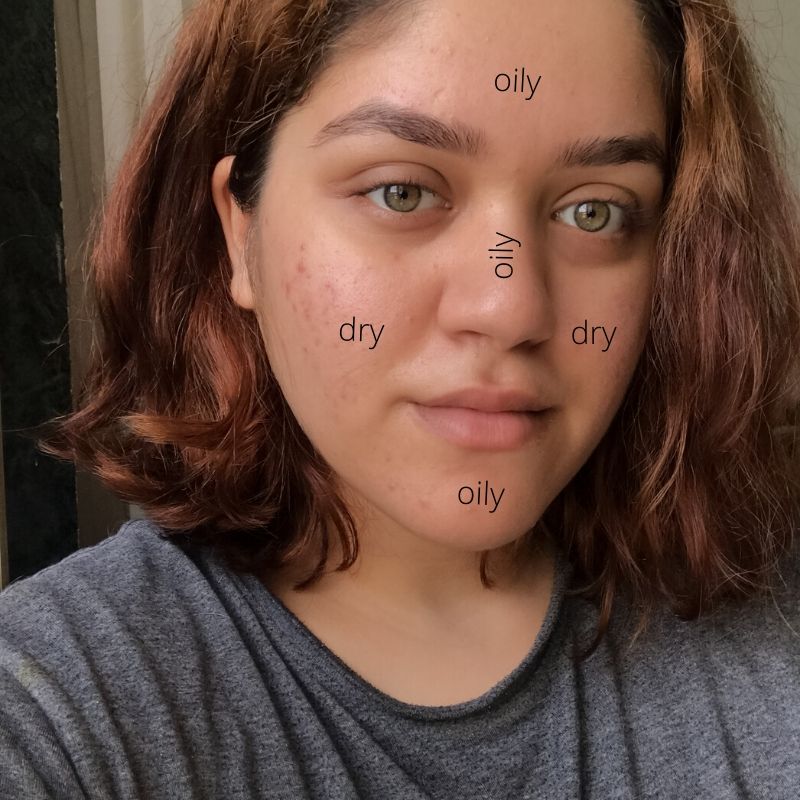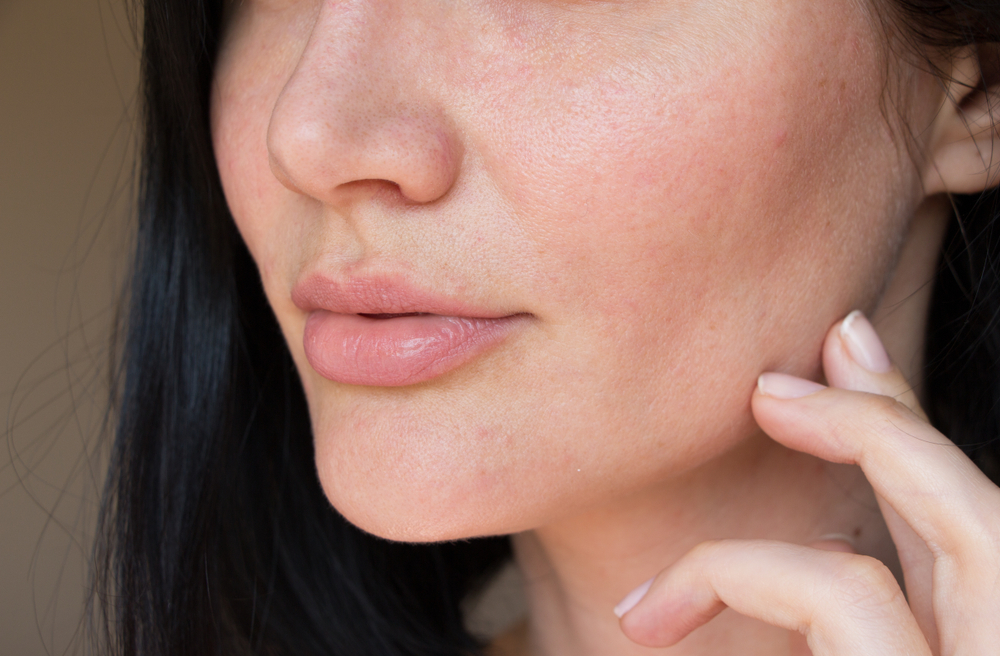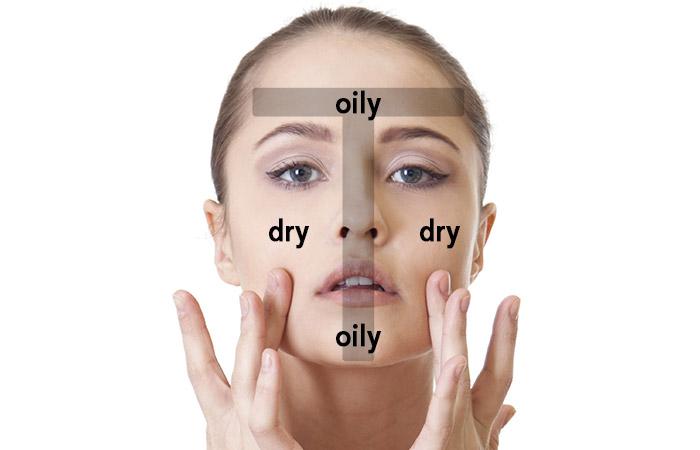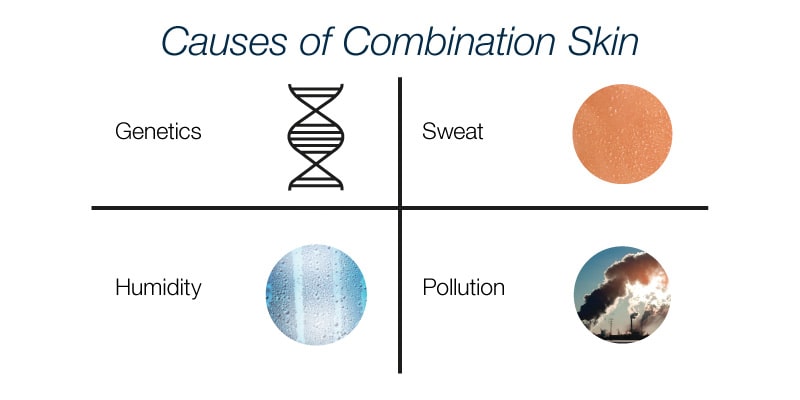Which Of The Following Statements Is True Of Combination Skin
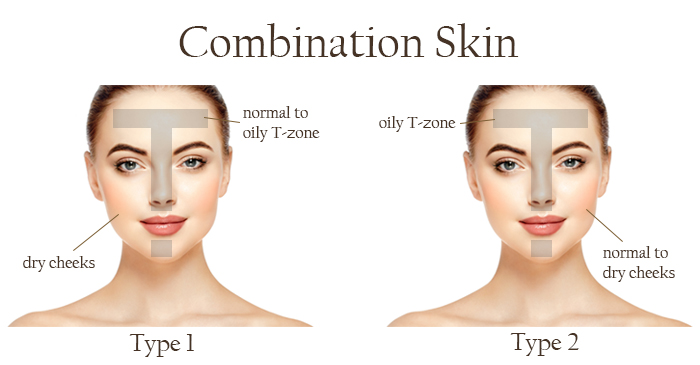
For countless individuals, the quest for flawless skin feels like navigating a labyrinth. Among the myriad skin types and concerns, combination skin stands out as a particularly perplexing challenge. Understanding its nuances is crucial, not only for effective skincare but also for fostering realistic expectations about achieving a healthy, balanced complexion.
The truth about combination skin lies in recognizing its dual nature. This skin type is characterized by having both oily and dry areas on the face, typically with an oily T-zone (forehead, nose, and chin) and dry or normal cheeks. Determining which statement accurately reflects the reality of combination skin requires a clear understanding of its diverse manifestations and the specific needs of each area.
Defining Combination Skin: A Complex Picture
Combination skin isn't a uniform condition; it's a spectrum. Its defining characteristic is the presence of varying skin types on different parts of the face.
The T-zone, prone to excess oil production, often experiences enlarged pores, blackheads, and occasional breakouts. The cheeks, conversely, may feel tight, flaky, and sensitive due to a lack of moisture.
The Role of Sebaceous Glands
The distribution and activity of sebaceous glands play a key role. These glands produce sebum, an oily substance that lubricates and protects the skin. In individuals with combination skin, the sebaceous glands in the T-zone are typically more active than those in the cheek area.
This disparity leads to the oily sheen and potential for clogged pores in the T-zone, while the cheeks struggle to maintain adequate hydration. Hormonal fluctuations, genetics, and environmental factors can influence sebaceous gland activity.
Identifying True Combination Skin
Accurately identifying combination skin is the first step toward effective treatment. One common method is the "blotting paper test."
Press a blotting paper against different areas of the face. Observe the amount of oil absorbed; an oily T-zone and minimal oil on the cheeks suggest combination skin. Self-assessment is also crucial; paying attention to how your skin feels throughout the day and after cleansing can provide valuable clues.
Common Misconceptions About Combination Skin
Several misconceptions can hinder proper care for combination skin. One prevalent myth is that all oily skin is acne-prone.
While the oily T-zone in combination skin might experience breakouts, it doesn't automatically mean the entire face is susceptible. Similarly, dry cheeks don't necessarily imply complete immunity to acne.
The "One-Size-Fits-All" Approach
Another common mistake is using a single skincare routine for the entire face. This approach often leads to either exacerbating the oiliness of the T-zone or further drying out the cheeks.
Combination skin requires a tailored approach, addressing the specific needs of each area. Utilizing different products or application techniques on the T-zone and cheeks is essential for maintaining balance.
Effective Skincare Strategies for Combination Skin
Managing combination skin effectively involves a multi-faceted approach. Gentle cleansing is paramount.
Opt for a mild, pH-balanced cleanser that removes excess oil without stripping the skin of its natural moisture. Over-cleansing can trigger increased oil production in the T-zone and worsen dryness in the cheeks.
Targeted Treatments
Consider using different products for the T-zone and cheeks. A lightweight, oil-free moisturizer may suffice for the T-zone, while a richer, hydrating cream might be necessary for the cheeks.
Spot treatments containing salicylic acid or benzoyl peroxide can target breakouts in the T-zone without drying out the rest of the face. Clay masks can also help absorb excess oil from the T-zone without stripping the skin of its natural moisture.
Hydration is Key
Despite the oily T-zone, hydration is crucial for all skin types, including combination skin. Dehydrated skin can actually trigger increased oil production as the body attempts to compensate for the lack of moisture.
Use a lightweight, non-comedogenic moisturizer on the entire face, focusing on areas that tend to be dry. Hyaluronic acid serums can also help attract and retain moisture in the skin.
Expert Opinions and Research
Dermatologists consistently emphasize the importance of customized skincare routines for combination skin. Dr. Emily Carter, a board-certified dermatologist, notes, "The key to managing combination skin is understanding its unique challenges and tailoring your skincare to address the specific needs of each area."
Research published in the Journal of the American Academy of Dermatology highlights the efficacy of using targeted treatments for different areas of the face. The study suggests that combining oil-absorbing products for the T-zone with hydrating products for the cheeks can significantly improve skin balance and overall complexion.
Looking Ahead: The Future of Combination Skincare
The future of skincare for combination skin likely lies in personalized formulations. Advances in cosmetic science are paving the way for products that adapt to the individual needs of different skin zones.
AI-powered skincare analysis tools are also emerging, offering customized product recommendations based on real-time skin assessments. These innovations promise to simplify the management of combination skin and empower individuals to achieve a healthier, more balanced complexion.
Ultimately, the truth about combination skin is that it requires a balanced approach. Recognizing its dual nature, avoiding common misconceptions, and implementing targeted skincare strategies are crucial for achieving optimal skin health. As skincare technology continues to evolve, the future looks promising for those navigating the complexities of combination skin.

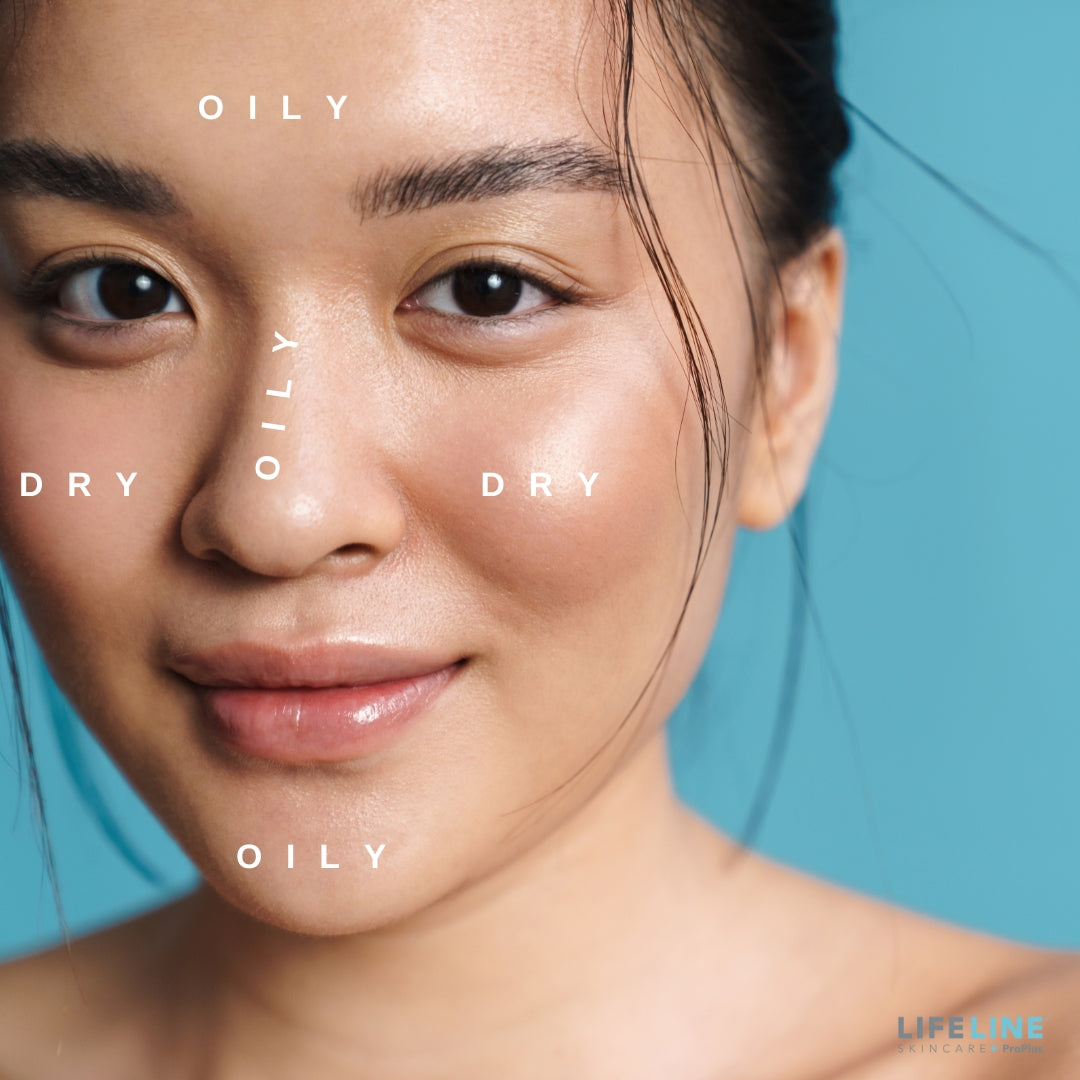

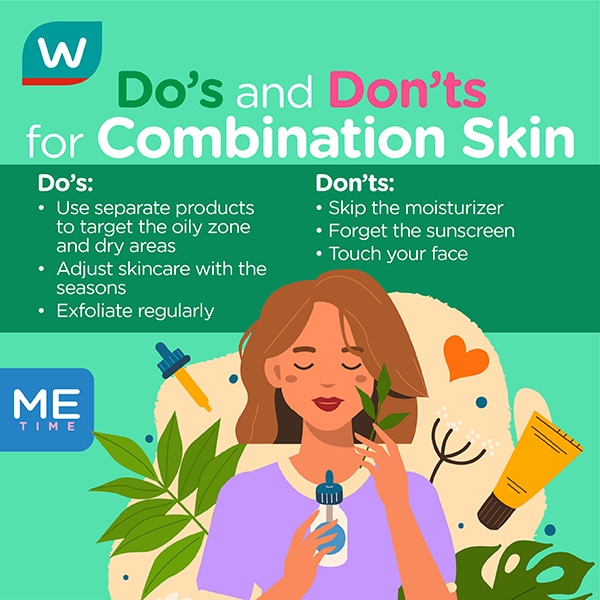


.jpg?format=2500w)


